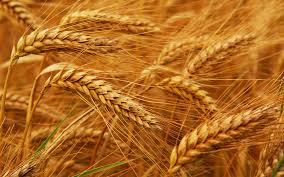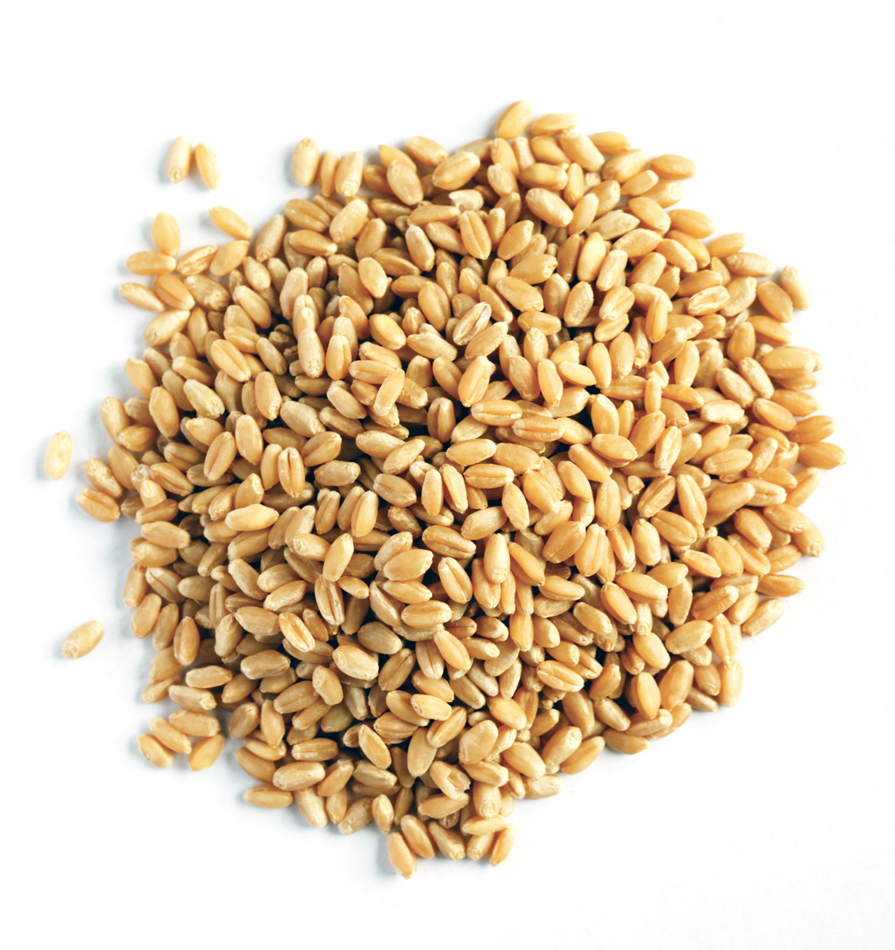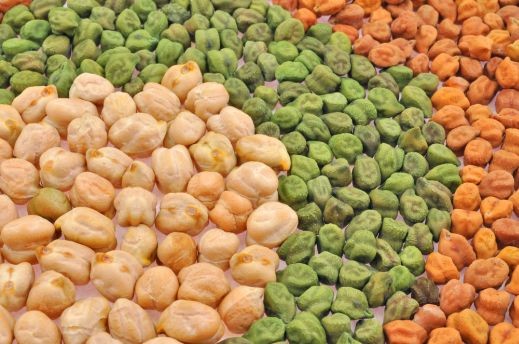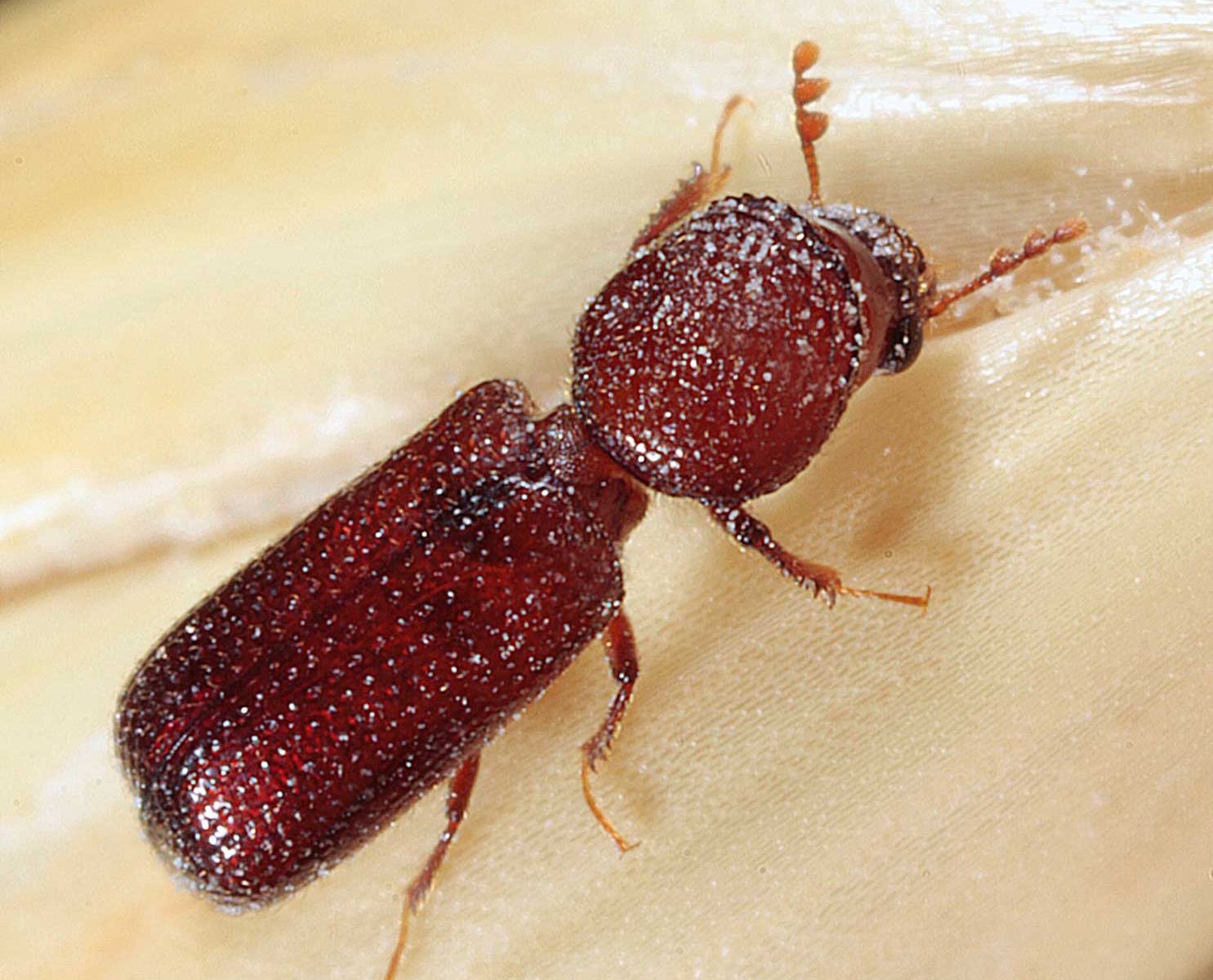Harvest and Post Harvest Management of Onion
Harvest:-
- Onion is ready for harvest in 3-5 month after transplanting depending on variety.
- During hot days when soil is hard, bulbs are pulled out with a hand hoe.
- Plants are uprooted by hand and their roots are cut.
- They are washed and bundled as per market requirement.
- Yield of Kharif crop in comparatively low than rabi.
Grading:-
- After curing, onions are graded and classified by grading machine and hand.
- Before storage, double, broken, rotten bulbs and bulbs having in desirable features are removed.
- Outer dry scales are removed during grading.
- Cured bulbs are graded based on size and depending on local market and export.
Packaging:-
- Jute bags are used onion packaging for sending to distance markets by trucks trains or even by air.
- Generally, 40 kg capacity jute bags are used for transport with in country whereas, for export jute bags of 8-25 kg capacity is used.
- Onion should be packed in 14-15 kg capacity cane baskets for export purpose.
Like and share with other farmers by clicking on button below
Share





